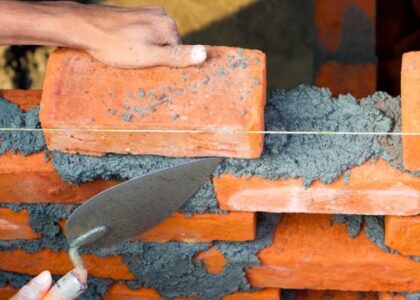Sure, here’s the introductory section for the article:
When it comes to growing sunflowers, there is one pesky intruder that can wreak havoc on your plants – the cabbage worm. These voracious pests not only attack cabbage and other cruciferous vegetables, but they often find their way into sunflower beds as well. With their insatiable appetite and ability to multiply quickly, cabbage worms pose a serious threat to the health and yield of your sunflower crop.
However, there’s no need to despair. In this article, we will explore effective methods for battling cabbage worms and safeguarding your sunflowers. From natural remedies to preventive measures, we will provide you with valuable insights and practical tips to help you tackle this common garden nuisance. So, let’s dive into the battle against cabbage worms and learn how to harvest sunflowers safely.
Identifying Cabbage Worms
Cabbage worms are common pests that can wreak havoc on your sunflower plants. These voracious creatures belong to the family Pieridae and are often found munching on the leaves of various cruciferous vegetables, including cabbage, kale, and of course, sunflower plants.
One way to identify cabbage worms is by their appearance. They are usually a pale green color, resembling tiny caterpillars, and can measure up to 1 inch in length. Their bodies are cylindrical and slightly fuzzy, with three pairs of true legs near their head and several smaller, stubby prolegs located further down their body.
Another telltale sign of cabbage worm infestation is the presence of irregularly shaped holes in the leaves of your sunflower plants. Cabbage worms have insatiable appetites, and their feeding activity often results in unsightly foliage. Check the undersides of the leaves as well, as that is where they tend to hide.
How To Harvest Sunflower Seeds
If you suspect cabbage worms are present, it is crucial to act swiftly to protect your sunflowers. Delaying action could lead to widespread damage and a diminished harvest. In the next section, we will explore effective ways to combat these pesky pests and ensure a fruitful sunflower harvest.
Preventing Cabbage Worm Infestations
Cabbage worms can be a pesky nuisance when it comes to growing sunflowers. However, with a few preventive measures, you can keep these critters at bay and ensure a healthy harvest of sunflowers. Here are some effective strategies to prevent cabbage worm infestations:
-
Crop Rotation: Rotate your sunflower crops with other unrelated plants each year. Cabbage worms tend to lay their eggs on the undersides of leaves, so by changing the location of your sunflowers, you reduce the chances of new infestations.
-
Physical Barriers: Create a physical barrier around your sunflowers using lightweight row covers or fine mesh netting. This will prevent adult cabbage moths from laying eggs on your plants, thus reducing the risk of cabbage worm infestations.
-
Companion Planting: Planting companion plants that repel cabbage worms can help keep them away from your sunflowers. Plants such as mint, sage, and thyme release strong scents that repel these pests. Interspersing these plants among your sunflowers can act as a natural deterrent.
Remember, prevention is key when it comes to cabbage worm infestations. By implementing these strategies, you can protect your sunflowers and ensure a successful harvest. Happy gardening!
Sunflower Harvest and Protection
In order to ensure a successful sunflower harvest and protect your precious plants from pesky cabbage worms, it is important to take some preventive measures. Here are a few tips to help you with both aspects.

Firstly, before harvesting your sunflowers, make sure to inspect the plants carefully for any signs of cabbage worms. These notorious pests can quickly wreak havoc on your sunflower crop. Look for any telltale holes in the leaves or evidence of their presence, such as dark green caterpillars or droppings. If you spot any of these signs, it is important to take action promptly.
One way to protect your sunflowers from cabbage worms is by implementing natural deterrents. For example, planting companion plants such as marigolds or tansy can help deter these pests. Their strong aromas act as a natural repellent, keeping cabbage worms away from your precious sunflowers.
Additionally, another effective method is to manually remove the cabbage worms from your sunflower plants. Wear gloves and carefully pluck off any pests you come across. By doing so, you’ll be able to control their population and minimize the damage they can cause.
In conclusion, the battle against cabbage worms during sunflower harvest can be won through proactive measures and diligent care. By inspecting your plants, using natural deterrents, and manually removing cabbage worms, you can ensure a successful and protected sunflower harvest.






